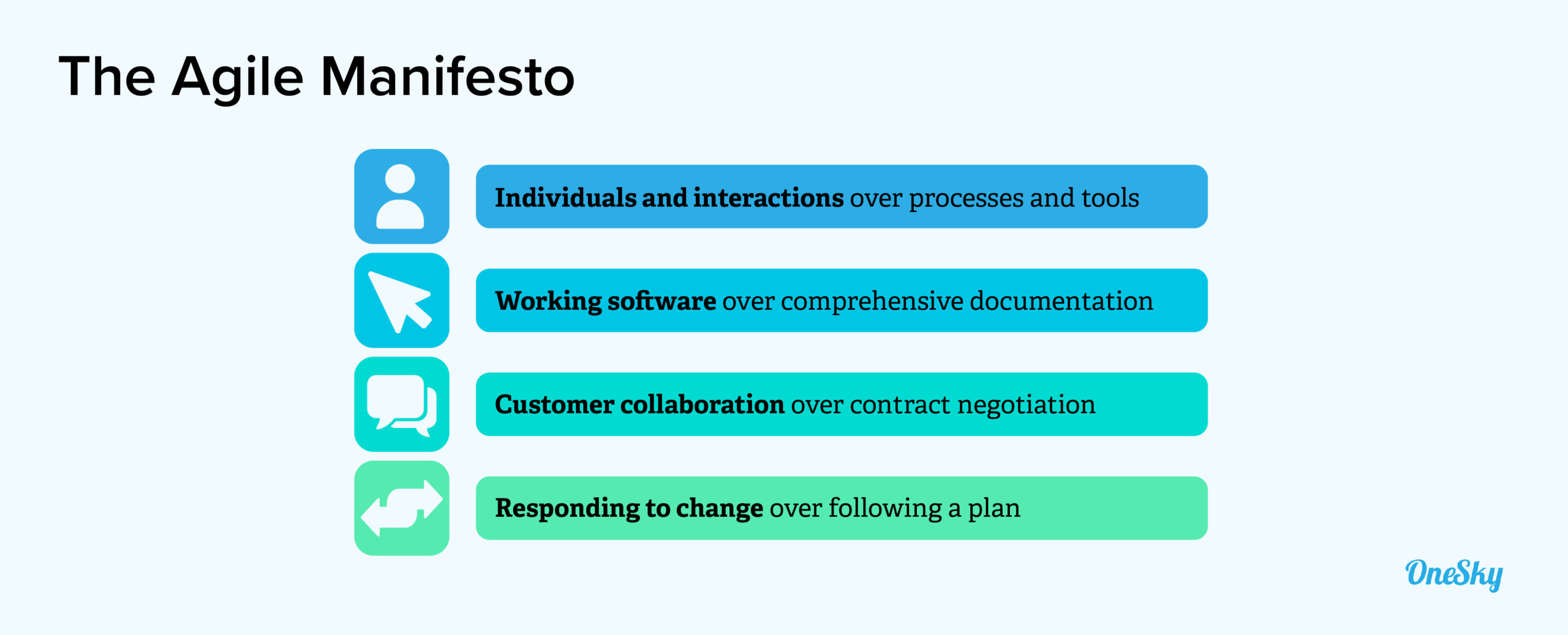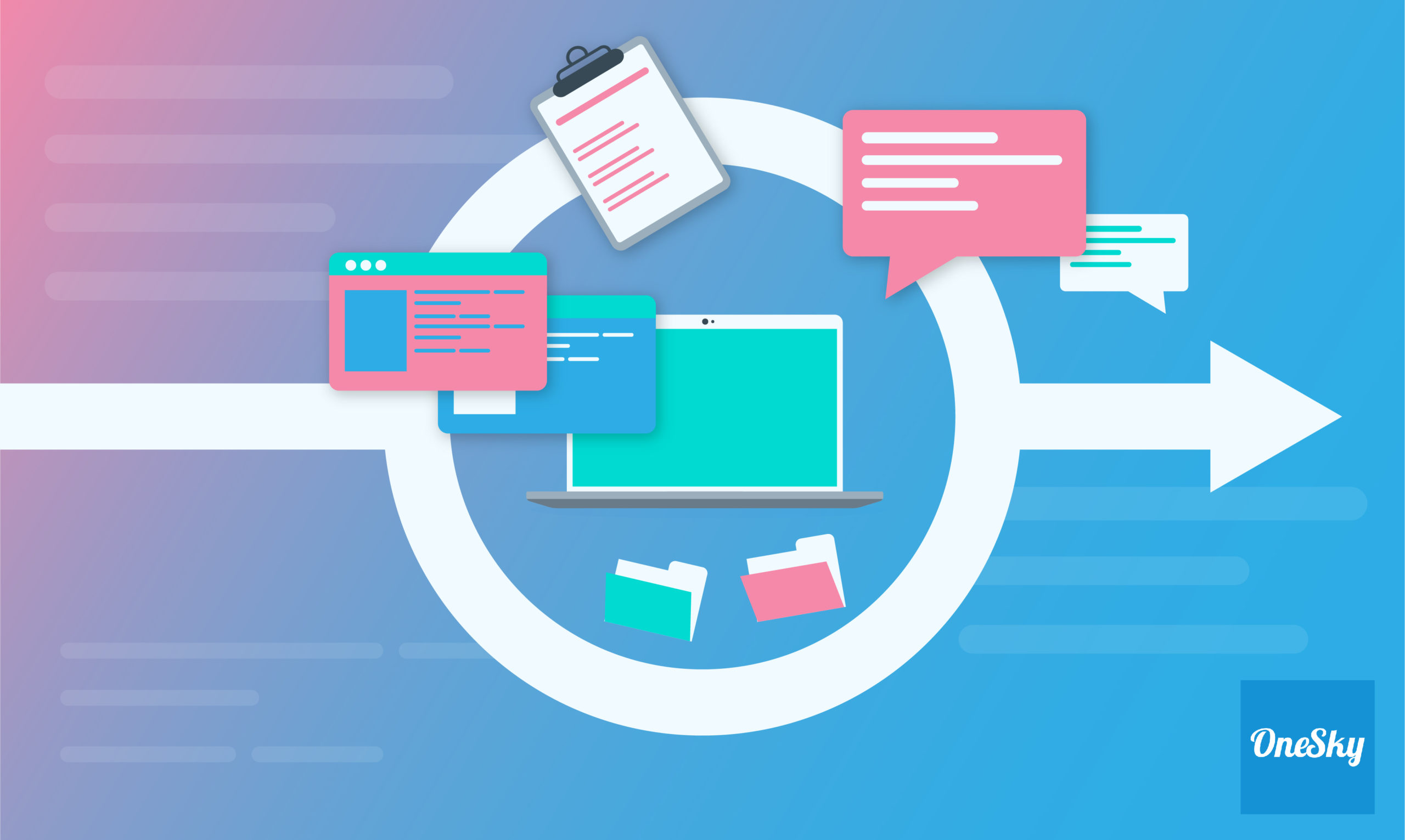A Complete Guide to Agile Localization
Software localization is far from a stroll in a park.
You have to overcome many challenges, such as choosing the right languages and locales, addressing cultural differences, adapting the UI for local languages, and overcoming various technical roadblocks.
But if you want to enter the growing global market, you can’t afford to overlook the importance of software localization. A localized software product can help you improve the user experience, increase sales, generate favorable reviews, and reduce support requests.
The agile methodology is one of the best ways to manage software localization projects. Read on to see how you can use this development approach to support software localization, so you can improve product quality, streamline processes, and shorten product release and update cycles.
What’s Agile Translate and Localization?
Agile software development leverages various project management methodologies (e.g., Lean, Kaban, Scrum) to support an iterative approach. During the process, self-organizing cross-disciplinary teams collaborate closely to evolve requirements and solutions.
Unlike the waterfall methodology, agile breaks down the linear product development process into short iterations. Such flexibility allows teams to address requirement changes and adapt the product to meet shifting market demands.
A localization management system is often used to support agile localization. It automates workflows (e.g., extracting strings and integrating the translated copy) to eliminate time-consuming and error-prone manual tasks.

The Benefits of Agile Localization and Agile Translate
Developers can apply the agile methodology to software localization projects to translate content and update interfaces. The process enables teams to create high-quality codes while shortening release cycles.
- Efficiency and speed: Agile eliminates bottlenecks associated with linear processes. Developers and translators can work independently and concurrently to compress the timeline without compromising the quality of the work.
- Reduced cost: Agile translate process makes it easy to isolate new or updated strings, so you don’t have to retranslate content that hasn’t been changed. You can save money on translation while shortening the time to market.
- Automate workflows: Supported by a robust localization management platform, the agile methodology allows you to take advantage of continuous localization to integrate translated strings into the software automatically.
- Faster time-to-market: You don’t have to wait until the development process is completed before translation can begin. Instead, you can take advantage of the continuous deployment process to shorten development cycles.
- Seamless collaboration: A localization management platform, such as OneSky, enables you to manage multiple teams working concurrently. You can also align the workflows with your internal processes to improve cost-efficiency.
- Fewer errors and delays: Agile development, supported by automation, minimizes human errors associated with manual and repetitive tasks. Additionally, teams can detect and correct mistakes early in the development cycle.
The Challenges of Agile Localization
Every software development process has its pros and cons. Knowing what roadblocks you may encounter can help you mitigate the risks before issues arise:
- When many translators are involved in a project, some may not be familiar with the context that’s specific to your product and audience. Provide as much background information to translators as possible, for instance, by creating a translation glossary on your localization management platform.
- Agile development requires close collaboration, which can be challenging when distributed teams work in different locations and time zones. Use a centralized localization platform so the project manager can see all the workflows on a single dashboard. It also helps ensure that team members are rowing in the same direction.
- Since agile focuses on short sprints instead of a fully planned timeline, it may become easier to lose sight of the long-term strategic objectives. Share your product roadmap and business vision with team members so they can define requirements for their sprints to align with your goals.
- While Agile helps shorten the development timeline, it’s not a magic wand. Allow enough time for each step, especially QA and testing (e.g., get feedback from local users,) to ensure a faster turnaround time without compromising the quality of the final product.
The Agile Localization Workflow
Agile translate and localization sync the development process with translation workflows using a localization management platform. They can take place concurrently to improve efficiency and shorten the development cycle.

Here are the key steps in an agile localization process:
Select the Right Localization Management Platform
Use a robust localization management tool that aligns with your internal workflows. It should allow team members to manage their tasks and have a clear view of the entire process. Meanwhile, the localization manager should be able to track expenses, process invoices, communicate with vendors, and manage timelines.
Internationalize Your Codebase
Internationalization (i18n) strips the codebase of all localizable elements. You can then change content dynamically based on the locale selected by a user (i.e., switching from one “skin” to another.) These dynamic elements include text fragments, time/date formatting, currency selection, and images appropriate for each region.
Create Locale Resource Files and Extract Copy For Translation
After the i18n process, you’ll have a set of plain-text resource files that contain strings ready to be translated into languages of the target regions. Often, these strings need to be extracted and converted into the appropriate formats. Then, you can send them to your translators or a professional translation service.
Submit Strings For Translation
A localization management platform can help you manage the translation process, whether you’re using an in-house team of translators, combining machine translation with human translators, or using a third-party translation service. To ensure the consistency of the translation, create a glossary and style guide, and use software that offers translation memory.
Review the Translated Text
The translated text is reviewed for accuracy and consistency, as well as cultural appropriateness for each locale. Use a system that offers an integrated review functionality to help you manage the process efficiently. It can also help prevent errors associated with numerous back-and-forths between reviewers and translators.

Integrate and Test the Translated Content
Translators will pass the translated text back to the development team for integration into the software. After the strings are implemented into locale-specific resources files, it’s time to conduct testing and QA. Use a localization tool that supports in-context preview so translators and developers can collaborate closely to ensure the quality of the final product.
Agile Translate and Localization Best Practices
With the many moving parts, agile localization is complicated. Here are some tips and tricks to navigate the process:
Create Translation Guidelines
To deliver a consistent user experience across markets, use a localization platform with a glossary feature to ensure that translators are following the same naming conventions. Create a glossary that contains terms such as names of your products and services, terminologies, abbreviations, acronyms, and brand-specific terms or slogans.
Additionally, use localization software with translation memory to leverage previously translated content so you can improve accuracy, efficiency, and consistency in the long run.
Onboard and Train Your Team
Everyone on your team should understand the agile methodology and apply the principles to achieve the best results. Also, make sure your team has a good grasp of your brand value, product roadmap, and long-term strategic vision. The information will empower them to align their sprints requirements with your overarching goals.
Lastly, train team members to use your localization management platform so they can collaborate seamlessly and efficiently.
Perform Linguistic and Localization Testing
Linguistic testing is a critical step to ensure that your translated text is complete and accurate. Meanwhile, localization testing confirms that the content is culturally appropriate and adheres to local UI expectations. You should also test the software with a local audience to ensure that it’s delivering an optimal user experience.
Take advantage of the iterative agile process, which is particularly suitable for identifying and correcting translation errors during the short release cycles.
Support Agile Software Localization With the Right Localization Management Platform
A robust localization software can help you manage the agile process cost-efficiently. Look for a platform that allows you to automate various tasks and workflows, integrates with other software, supports a wide range of file formats, and includes collaboration features.
OneSky offers an advanced end-to-end localization solution that enables you to manage software localization tasks all in one place. Learn more and try it out for free.



 Written by -
Written by - 




 Written by
Written by 


